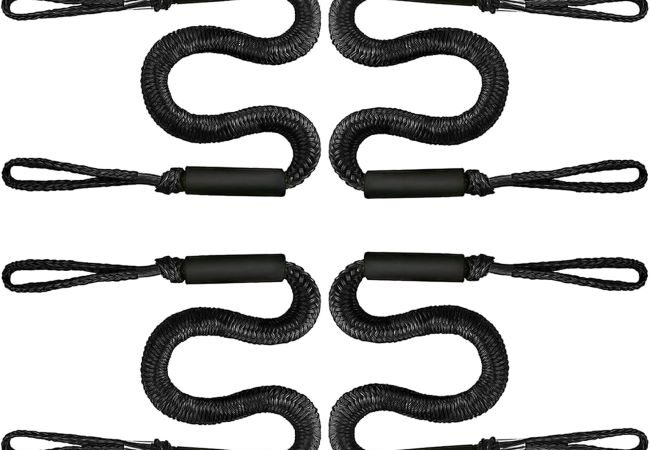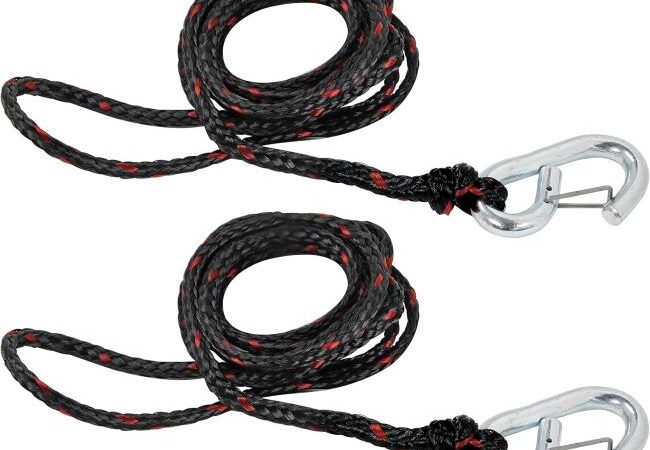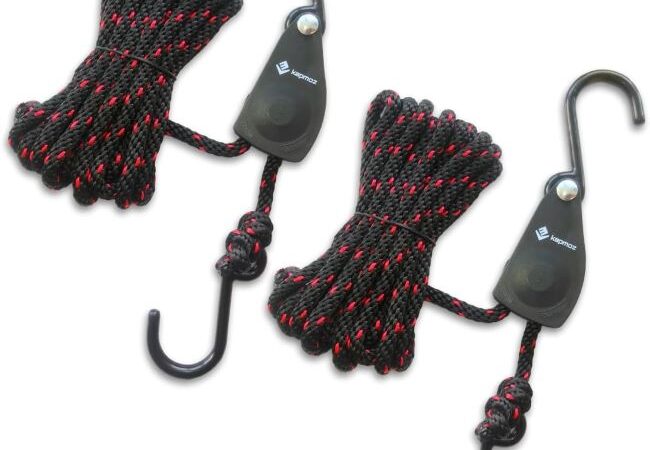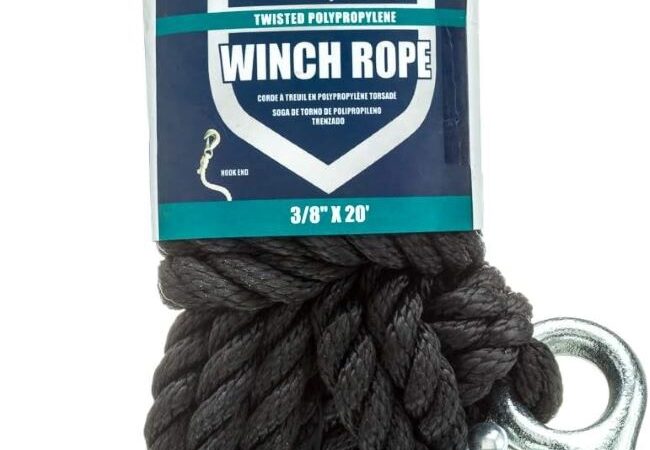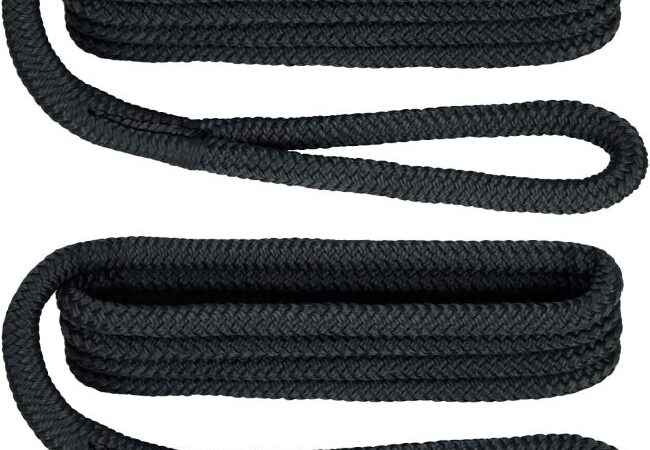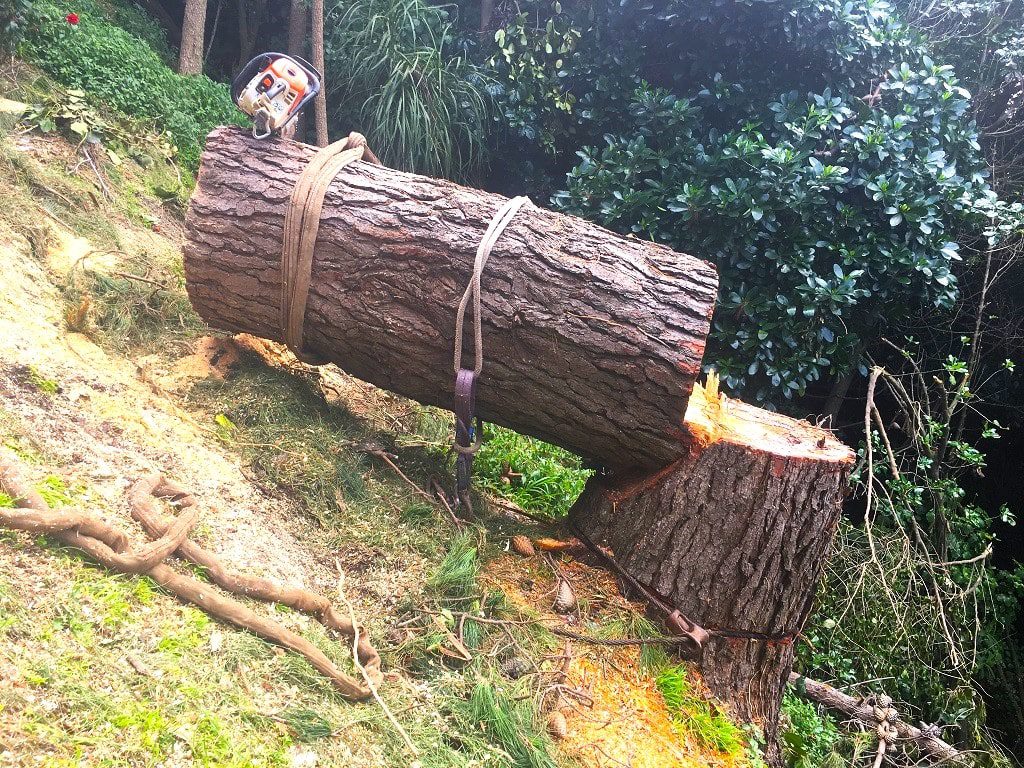
Rope for Felling Trees: Essential Gear for Safe Timbering
Rope for felling trees must be strong and durable. It ensures safety and efficiency in tree removal tasks.
Contents at a Glance
ToggleSelecting the right rope for felling trees is crucial for both amateur and professional arborists. The rope needs to handle high tension and resist abrasion, as it will often come into contact with rough tree bark and other natural elements.
A high-quality rope can make the difference between a successful felling operation and a potentially hazardous situation. The type of rope used typically includes options like static ropes, which are designed not to stretch under load, providing more control during the felling process. With the right rope in hand, tree felling becomes a more manageable and secure task, allowing for precise cuts and controlled direction of the tree’s fall. Always remember to prioritize safety gear alongside the rope to ensure a safe tree felling experience.
Essential Rope Characteristics For Timbering
An understanding of the essential rope characteristics is crucial for safe and efficient tree felling. The right rope combines strength, durability, flexibility, and reliable knot retention.
Strength And Durability
Tree felling demands ropes that withstand heavy loads and adverse conditions. The strength of a rope is measured in tensile rating, indicating the maximum weight it can hold before breaking. High tensile strength is a must for supporting the weight of large timber sections.
Durability is equally important. A durable rope resists wear, tear, and environmental factors like moisture and UV rays. Materials like polyester and polypropylene are popular for their resistant properties.
Flexibility And Knot Retention
Flexibility in a rope ensures that it can be easily manipulated and tied into knots. This characteristic is vital for securing timber safely. The ability to retain knots under tension prevents slippage and potential accidents.
Good knot retention means that once tied, the rope maintains its grip, even when there’s movement or force applied. Ropes with a balanced weave offer excellent knot stability.
Choosing the right rope for timbering tasks is non-negotiable. It ensures the safety of workers and efficiency in operations. Always select ropes that meet these essential characteristics.
Types Of Rope Suitable For Tree Felling
Choosing the right type of rope is crucial for safe and effective tree felling. Ropes play a pivotal role in controlling the direction of the tree’s fall and ensuring the safety of the workers. Let’s dive into the types of ropes that are up to the task.
Polypropylene Ropes
Polypropylene ropes stand out for their lightweight and waterproof qualities. They float on water and resist mildew, making them a good choice for outdoor use. Here are key points:
- Resistant to water and rot
- Affordable and widely available
- Not as durable as other materials
Nylon Ropes
Nylon ropes are known for their strength and elasticity. They can absorb shock loads, which is vital during tree felling. Their characteristics include:
- High tensile strength for heavy loads
- Elasticity helps in shock absorption
- Susceptible to UV damage over time
Braided Vs. Twisted Ropes
Different constructions of ropes can affect their performance. Braided ropes are generally smoother and more flexible, while twisted ropes are robust and economical. Consider these points:
| Braided Ropes | Twisted Ropes |
|---|---|
| Less prone to kinking | More resistant to abrasion |
| Remain strong under load | Can untwist under tension |
| Typically more expensive | Cost-effective option |
Safety Precautions In Rope Usage
Using ropes to fell trees is a risky task. To ensure safety, follow key precautions. These steps protect you and extend your rope’s life.
Regular Inspections
Check your rope before each use. Look for signs of wear, such as fraying or cuts. A damaged rope can fail, leading to accidents. Pay attention to the rope’s condition. Replace it if you notice any damage.
Proper Handling And Storage
Handling ropes correctly is vital. Avoid dragging them over rough surfaces. This can cause wear and tear. Store ropes in a cool, dry place. Sunlight and moisture can weaken them. Keep them away from chemicals. Substances like oils or acids can damage the rope fibers.
| Do’s | Don’ts |
|---|---|
| Inspect regularly | Ignore frays or cuts |
| Use gently | Drag over rough surfaces |
| Store properly | Expose to harmful elements |
- Coil ropes to prevent tangles.
- Hang ropes for storage to avoid kinks.
- Keep ropes clean. Dirt can damage fibers.
Remember, safety is paramount. Your rope is a tool. Treat it with care. Proper use and storage ensure a safe tree felling experience.

Credit: m.youtube.com
Rope Length And Diameter Considerations
Understanding the right rope length and diameter is key to safely felling trees. The right choice ensures the tree falls where you want it to without causing damage or injuries.
Calculating Required Length
To calculate the rope length needed for felling a tree, follow these steps:
- Measure the height of the tree.
- Add extra length for tying knots and securing the rope.
- Consider the distance needed to pull safely.
A simple formula to remember is: Tree Height x 1.5 = Minimum Rope Length.
Choosing The Right Diameter
The diameter of the rope affects its strength and usability. Use this guide:
- Small trees – Diameter of 3/8 inches to 1/2 inches.
- Medium trees – Diameter of 1/2 inches to 5/8 inches.
- Large trees – Diameter of 3/4 inches or more.
Choose a thicker rope for heavier and larger trees.
| Tree Size | Rope Diameter |
|---|---|
| Small | 3/8″ – 1/2″ |
| Medium | 1/2″ – 5/8″ |
| Large | 3/4″ or more |
Always check the rope’s load capacity to ensure it can handle the tree’s weight.
Knots And Hitches For Timbering Operations
Knots and hitches play a crucial role in timbering operations. They provide safety and efficiency when felling trees. Proper knots ensure that loads are secure and movements are controlled. This section delves into the essential knots and hitches used in the lumber industry.
Commonly Used Knots
In timbering, certain knots stand out for their strength and reliability. Here are the ones most often used:
- Bowline Knot: Creates a loop that does not tighten. Ideal for anchoring.
- Running Bowline: A noose that’s easy to remove after the load is dropped.
- Double Fisherman’s Knot: Joins two ropes securely. Perfect for extending lines.
- Clove Hitch: Simple yet effective for attaching ropes to objects.
Securing The Load
When timbering, it’s vital to secure the load correctly. The right hitch can make all the difference:
| Knot Type | Use |
|---|---|
| Timber Hitch: | Attaches the rope to logs for dragging. |
| Half Hitch: | Adds extra security when combined with other knots. |
| Trucker’s Hitch: | Good for tensioning lines and securing loads on vehicles. |
These hitches are easy to untie, even after bearing heavy loads. They ensure safety for both the workers and the timber.
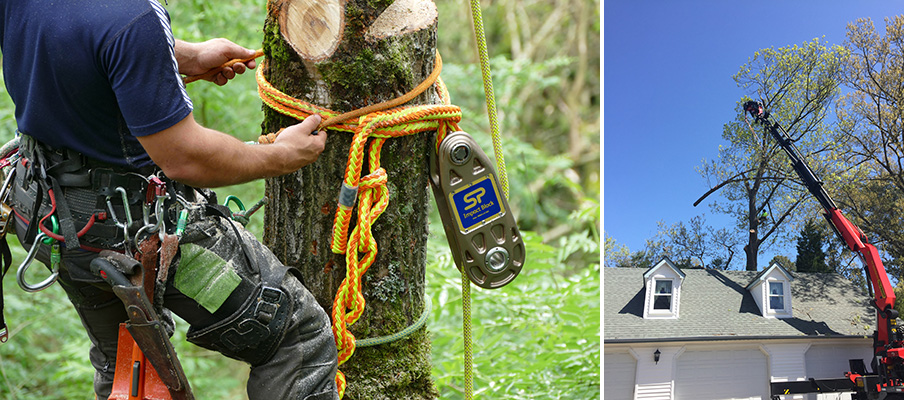
Credit: www.straightpoint.com
Anchoring Techniques For Maximum Stability
Felling trees safely requires more than just a rope and saw. Anchoring techniques are crucial. They provide stability and control. This ensures the tree falls where you want it to. Let’s explore how to secure your rope for maximum safety and efficiency.
Anchor Points
Choosing the right anchor points is vital. These points hold the rope in place. They bear the tension when the tree begins to lean. Look for sturdy structures. These can be large trees or heavy-duty stakes. Make sure they won’t move or break.
- Inspect the anchor point for strength.
- Ensure it is well-rooted or securely fastened.
- Place it away from the fall path.
Creating Mechanical Advantage
Creating a mechanical advantage means less force is needed. Use pulleys and the right knot techniques. This will make the job easier and safer.
| Tool | Function |
|---|---|
| Pulley | Reduces effort |
| Knots | Secures rope |
Follow these steps to set up a system with mechanical advantage:
- Attach a pulley to your anchor point.
- Run the rope through the pulley.
- Use proper knots to secure the rope.
Always double-check your setup. It should be reliable before you apply force to fell a tree.
Rope Maintenance For Longevity
Maintaining your rope properly extends its life and ensures safety. This guide covers essential maintenance tips.
Cleaning Procedures
Clean your rope regularly to remove dirt and debris. Here’s how:
- Shake off any loose dirt.
- Wash it in lukewarm water with mild soap.
- Rinse thoroughly to remove soap.
- Air dry away from direct sunlight.
Do not use hot water or harsh chemicals as they can damage the rope fibers.
Detecting Wear And Tear
Regularly inspect your rope for signs of wear and tear. Look for:
- Visible fraying or broken strands.
- Discoloration or stiffness.
- Abnormal stretchiness or soft spots.
Replace the rope if you find any of these issues. Safety comes first!
By following these simple steps, your rope will last longer and perform better.
Advanced Rigging Systems For Large Trees
Working with large trees demands expertise, precision, and the right equipment. Advanced rigging systems are vital for safely felling large trees.
Pulley Systems
Pulley systems are essential in tree rigging. They reduce the workload and increase control.
- Single Pulley: Directs the rope, making lifting easier.
- Double Pulley: Offers more mechanical advantage for heavier loads.
- Whip Tackle: Combines pulleys for maximum efficiency.
These systems allow arborists to manage tree sections with precision.
Tensioning Systems
Tensioning systems control the rope’s tightness. They ensure a smooth, controlled descent of tree limbs.
| Type | Function |
|---|---|
| Port-a-Wrap | Locks the rope, allowing adjustments. |
| Gripping Systems | Hold the rope, prevent slippage. |
| Friction Devices | Reduce rope wear, enhance safety. |
These tools protect trees and workers by managing the forces involved in tree felling.
Case Studies: Rope In Action
Exploring real-world examples provides insight into the power of rope for felling trees. This section dives into case studies showcasing ropes in action. Here, we learn from both triumphs and mishaps in tree rigging.
Successful Felling Examples
Ropes have played a crucial role in guiding the fall of trees safely. In one notable instance, a team used a dynamic rope system. They directed a large oak tree away from a house. The rope’s tension was carefully calculated. It ensured the tree fell in the precise intended direction.
- Controlled descent: A pine tree near power lines was safely brought down. Riggers used ropes to control the speed and direction.
- Teamwork: In a public park, arborists worked together. They used ropes to fell multiple trees without damaging the surrounding area.
Lessons From Rigging Failures
Rigging failures teach valuable lessons. In one case, an underestimated rope’s load capacity led to a snap. The tree fell unpredictably, causing property damage. This highlighted the need for proper rope strength assessment.
| Incident | Cause | Lesson |
|---|---|---|
| Tree falls on shed | Weak rope selection | Choose ropes with the right breaking strength |
| Incorrect cut direction | Poor planning with rope placement | Plan rope angles and cuts carefully |
Proper training is essential for safe rigging. A case involving untrained personnel resulted in a mismanaged felling. They lacked knowledge in knot tying and rope tensioning. This led to a tree falling prematurely.

Credit: chainsawacademy.husqvarna.com
Frequently Asked Questions
What Is The Best Rope For Felling Trees?
The best rope for felling trees is a strong, durable polyester or polypropylene arborist rope designed for high tensile strength and minimal stretch.
What Rope Is Used To Pull Down Tree Limbs?
Arborists often use sturdy, high-tensile ropes, such as static climbing lines or rigging ropes, to pull down tree limbs safely.
What Size Arborist Rope Do I Need?
The ideal arborist rope size depends on the job; typically, 1/2 inch diameter is common for general tree work, providing a good balance of strength and flexibility.
What Is The Strongest Rope For Pulling?
The strongest rope for pulling is typically made of ultra-high-molecular-weight polyethylene (UHMWPE), known for its high strength-to-weight ratio and durability.
Conclusion
Choosing the right rope for felling trees is crucial for safety and efficiency. Opt for durable, high-quality options designed specifically for arboricultural tasks. Remember, selecting the appropriate rope not only ensures a smooth operation but also protects your well-being. For your next tree-felling project, invest wisely in the right tools.

